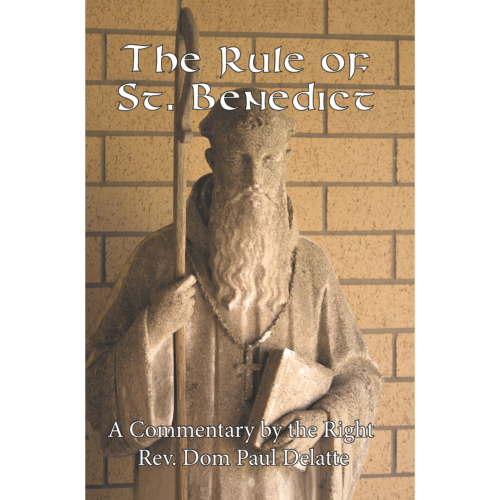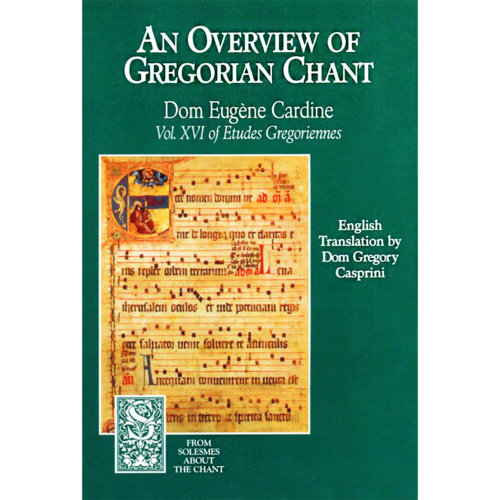Description
This edition, alternatively titled Biblia Sacra Vulgata or Biblia Sacra iuxta vulgatam versionem, is a “manual edition” in that it reduces much of the information in the large multivolume critical editions of Oxford and Rome into a handheld format, identifying the primary manuscript witnesses used by those earlier editors to establish their texts (with some adjustments); and providing variant readings from the more significant early Vulgate manuscripts and printed editions. The first editions were published as two volumes, but the fourth (1994) and fifth (2007) editions were published as a single volume with smaller pages. The text reproduces and updates those of the Rome edition and the Oxford edition for the Old Testament, Gospels, Acts and the earlier Pauline epistles; with changes mainly limited to standardisation of orthography. In the later New Testament books (those where the Oxford editors had retained the text of the 1911 editio minor unchanged), the Stuttgart editors felt justified in making a greater number of critical changes, especially as H.F.D. Sparks himself was included among their number. The critical text has not been modified since the third edition of 1983 (to retain consistency with the concordance published in 1977), but the apparatus has been rewritten for many books in more recent editions, based for example on new findings concerning the Vetus Latina from the work of the Vetus Latina Institute, Beuron. Like the editions of Oxford and Rome, it attempts, through critical comparison of the most significant historical manuscripts of the Vulgate, to recreate an early text, cleansed of the scribal errors and scholarly contaminations of a millennium. Thus it does not always represent what might have been read in the later Middle Ages.
An important feature of the Weber-Gryson edition for those studying the Vulgate is its inclusion of Jerome’s prologues, typically included in medieval copies of the Vulgate. It also includes the Eusebian Canons. It does not, however, provide any of the other prefatory material often found in medieval Bible manuscripts, such as chapter headings, some of which are included in the large editions of Oxford and Rome.
In its spelling, it retains medieval Latin orthography, sometimes using oe rather than ae, and having more proper nouns beginning with H (e.g., Helimelech instead of Elimelech). Unlike the edition of Rome, it standardizes the spelling of proper names rather than attempting to reproduce the idiosyncrasies of each passage. It also follows the medieval manuscripts in using line breaks, rather than the modern system of punctuation marks, to indicate the structure of each verse, following the practice of the Oxford and Rome editions, though it initially presents an unfamiliar appearance to readers accustomed to the Clementine text.
It contains two Psalters, both the traditional Gallicanum and the juxta Hebraicum, which are printed on facing pages to allow easy comparison and contrast between the two versions. It has an expanded Apocrypha, containing Psalm 151 and the Epistle to the Laodiceans in addition to 3 and 4 Esdras and the Prayer of Manasses. In addition, its modern prefaces (in Latin, German, French, and English) are a source of valuable information about the history of the Vulgate.
Related products
-
 Select options This product has multiple variants. The options may be chosen on the product page / Details Quick View
Select options This product has multiple variants. The options may be chosen on the product page / Details Quick ViewCommentary on the Rule of St. Benedict by Dom Delatte
$30.00 – $40.00







